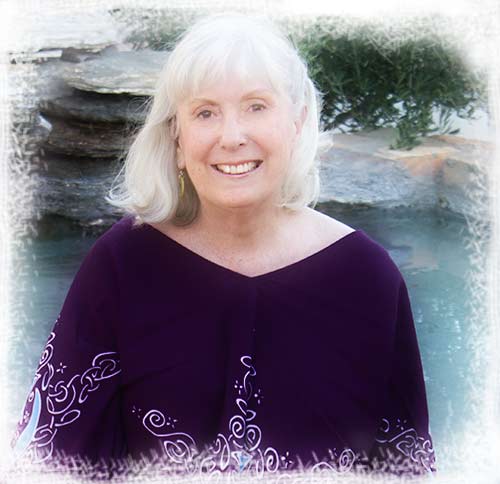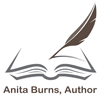
The Yellow Brick Road to being a Writer
I’ve written boatloads of non-fiction but always wanted to be more creative and dip into something deeper–to touch emotions, make people laugh, cry, and think. So, with my head full of the helium of delusion, I decided to write a novel.
It didn’t take long to discover that a writer and a schizophrenic have much in common. The characters become very real and write their own story. Often, when I plotted the next chapter or story line, the characters had something else in mind and took the book in a new direction.
At first, I thought I might be a sandwich short of a picnic, but when I talked with other authors, I found that they were just as delightfully screwy as me. Creative writing, it seems, requires a trip down the rabbit hole.
When I thought I’d finished the first draft of my book, The Gods of Arkhon, I gave it to a friend to read. Molly Dillon is a real novelist (mollydillon.com). Her books are full of heart and soul. Her characters stay with a reader for a long time.
When I asked Molly what she thought, she was kind and tactful. She would never bluntly tell me what was surely in her mind–my story was wonderful, but my writing was goulash!
Oh, I could turn a phrase and paint a scene with poetic beauty. My characters had grit, charm, and depth. The story was compelling, but I knew nothing about the craft of writing. Fiction, I realized in face-planting shame, has specific rules. I hadn’t a clue how to write so that the reader’s focus flowed uninterrupted and the words on the page disappeared into their experience.
Then, a miracle happened. Even though my book was like a barnacle-encrusted cargo ship, Molly must have seen something shining through because she allowed me into the hallowed halls of her writers’ critique group.
At my first meeting, I was petrified. These were real authors. Their writing was polished, brilliant, captivating. I was tempted to stuff my feeble attempts at word smithing into the nearest rubbish bin and run away. But when my turn to read my pages aloud came, the members gave me constructive criticism and helpful suggestions. They emphasized what they liked about the writing and took me seriously. I thought I’d died and gone to heaven.
Armed with the heavy tomes of my ignorance, I took my husband’s advice and enrolled in a creative writing class, read every book I could get on how to write fiction, and inhaled writing blogs by the dozen. Little by little, I learned the craft of writing. Now when I blunder, I understand what went wrong and how to mend it.
One of the most important lessons I’ve learned is that even the most gifted authors need other people to read their copy. It is true that a writer cannot effectively edit and proof his/her own work–it’s a biological thing–our eyes interpret our own writing into what we want it to say, not what it really says. It’s just the way we’re built.
I once visited the Huntington Library in San Marino, California. They had a display of some of Mark Twain’s original manuscripts. Even he had massive edits on the pages. Words crossed out, paragraphs moved, sentences circled, and more. Geesh. Imagine, Mark Twain and me, both making writing kafooffles.
I was eventually invited into the hallowed halls of writers and given the secrets–best practices for writing and proofing our own material. When I learned these, the copy I brought back from the critique group looked less like a blood-stained corpse and more like a sprinkling of notes in red ink.
I owe everything to the wonderful, patient, kind, and helpful members of our critique group.
Thank you ladies and gentlemen.
